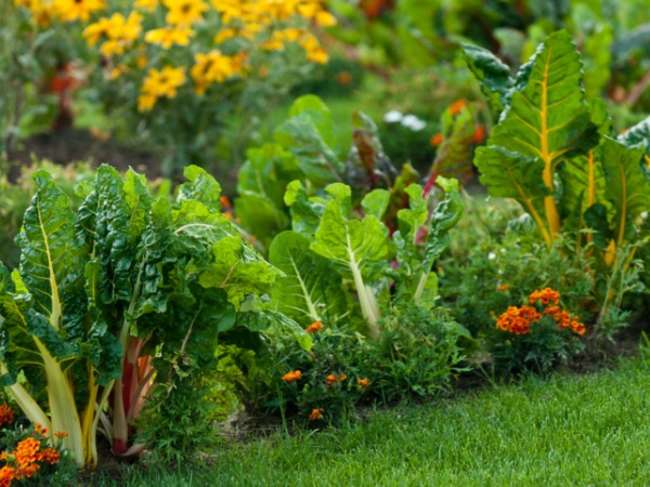

We may earn revenue from the products available on this page and participate in affiliate programs. Learn More ›
Home Advice You Can Trust
Tips, tricks & ideas for a better home and yard, delivered to your inbox daily.
Food for Thought
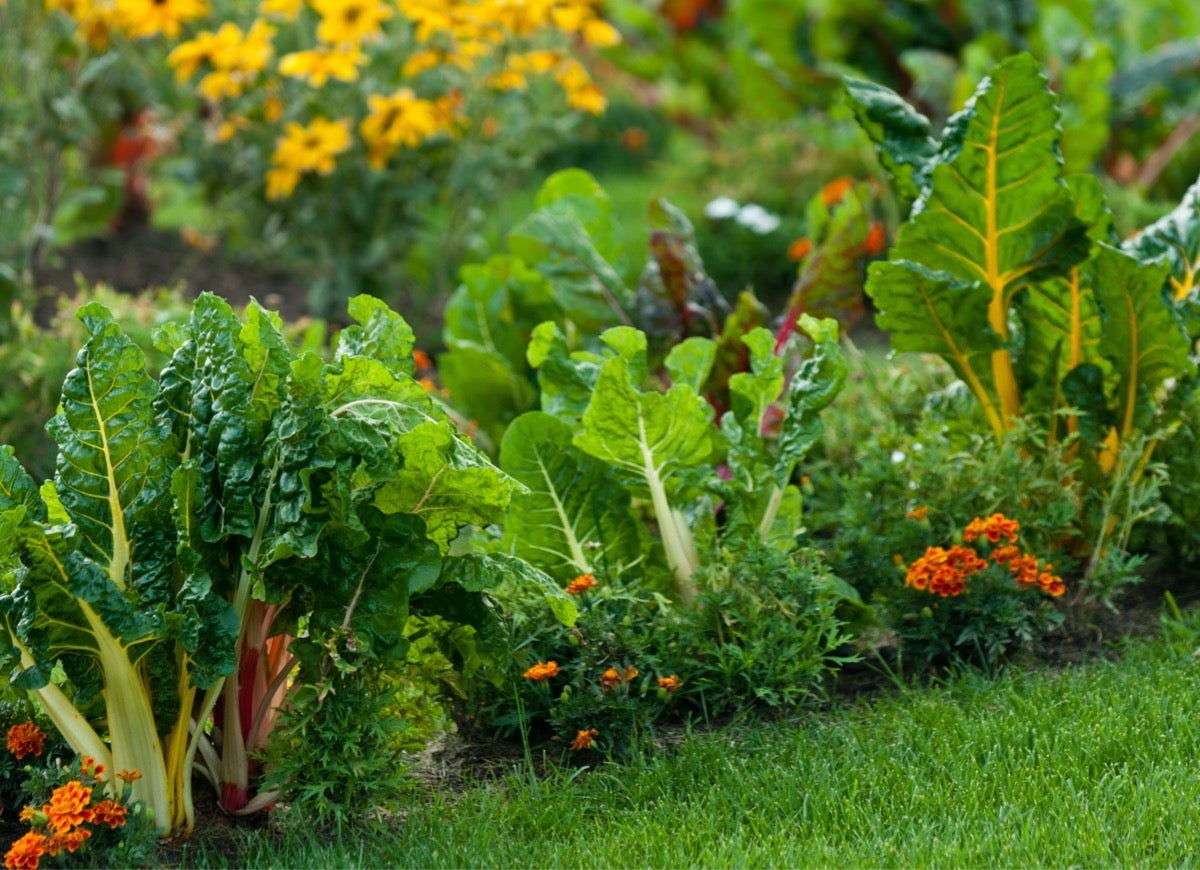
A well-kept lawn is a beautiful sight and a standard attribute of residential yards. But it’s also very one-dimensional. Grass may be the largest irrigated crop in the country, but it’s also sadly inedible. All of the time and energy that goes into creating and maintaining an ornamental lawn, shrubs, and assorted plants would be better spent tending to an equally eye-catching landscape filled with food! With some helpful tips and tricks, you can transform your yawn of a yard into a produce-producing powerhouse.
Start Small
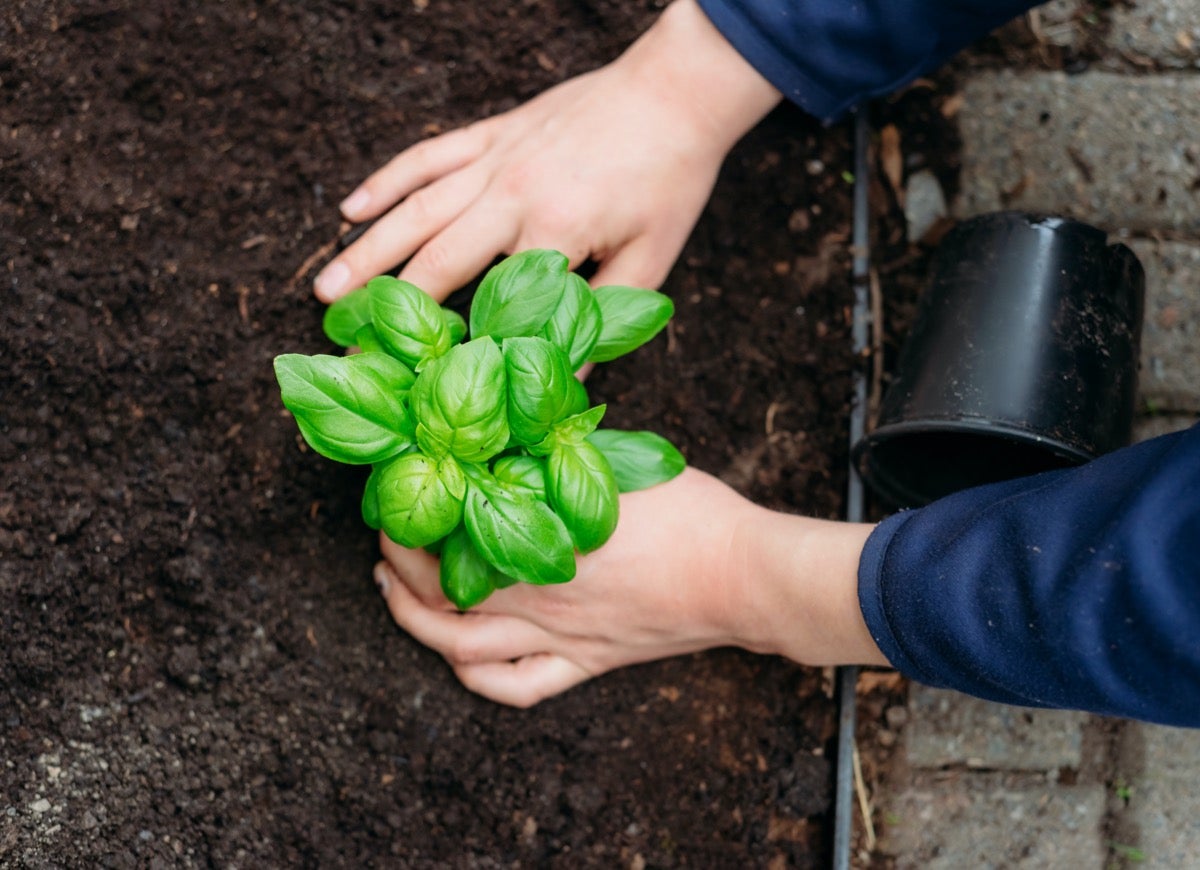
The process of gardening should be enjoyable, so be sure to start small. Rather than dig up the yard and transform every inch, choose a family-favorite food to add to existing flower borders, or pot some herbs and use them to fill out empty spaces in the landscape.
Beware of Foot Traffic
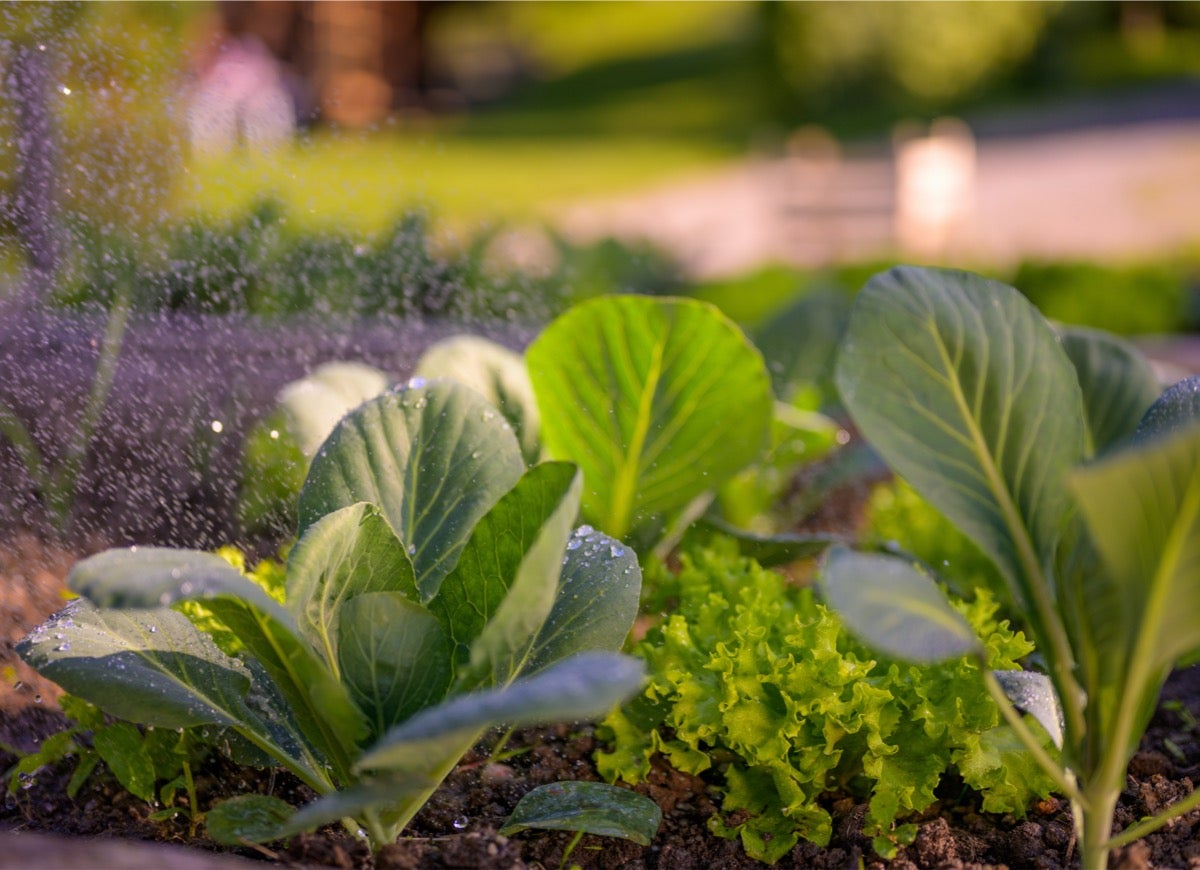
Be mindful not to place your edible garden too close to passersby on the sidewalk or street, or too tight to walkways leading to the front door. Dogs will see your plantings as an opportunity to pee, while kids may wind up stomping over your veggies. Direct foot traffic away from the garden with rocks, solar lights, a small fence, and other landscaping accessories.
Choose Low-Maintenance Edibles
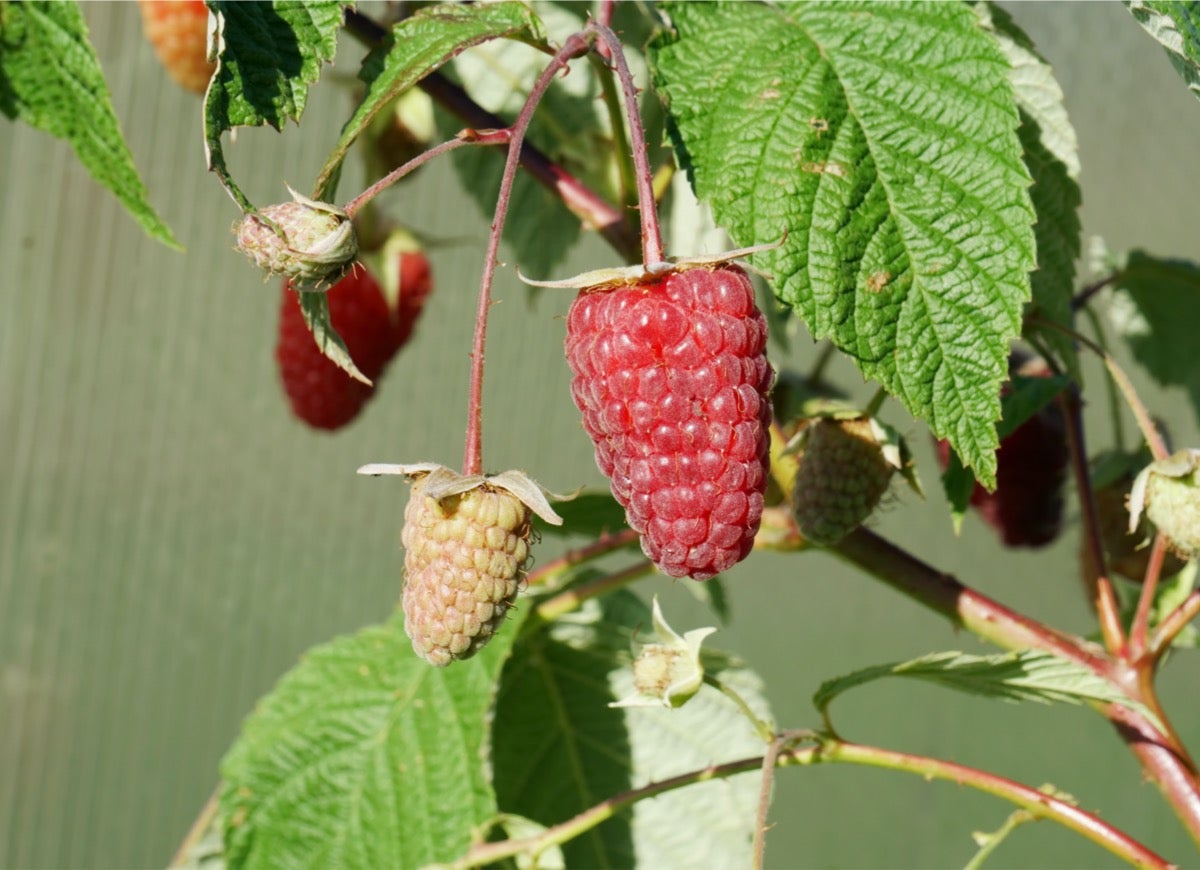
Be honest with yourself about the amount of time you’re willing to spend tending to the garden. Swapping out a lawn for edible landscaping that requires a ton of maintenance defeats the purpose. Prioritize perennials, which require less upkeep than annuals.
Create an Edible Ground Cover
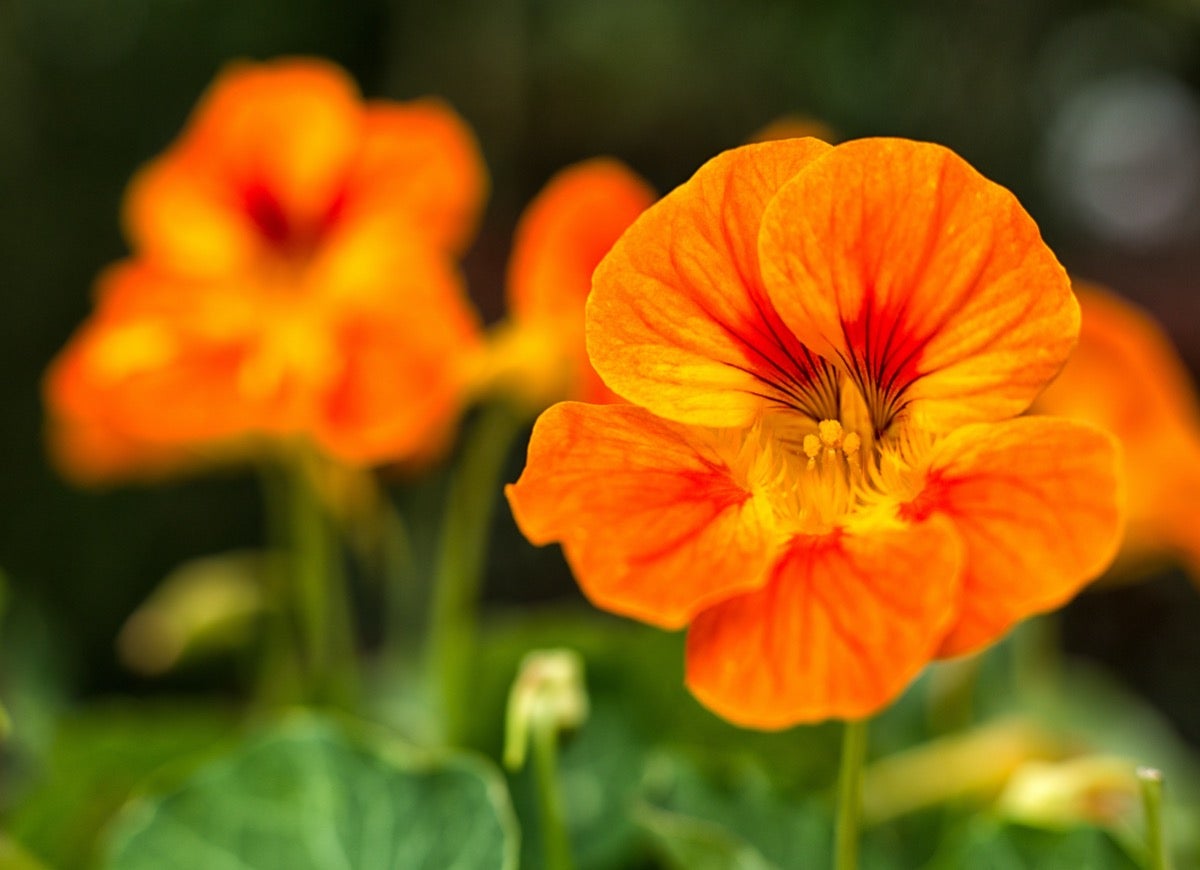
Plant spreading varieties for an easy way to turn a yard into an edible garden. Nasturtiums, for instance, are self-seeding annuals that add a pop of color in the spring. Herbs like oregano, thyme, and marjoram can withstand foot traffic, and they release a delicious fragrance into the air.
Accent With Ornamentals and Structures

Not everything has to be edible! When building out an edible garden, create dimension and intrigue by incorporating shade-tolerant ornamentals in areas that don’t see enough sunlight for edibles to thrive. Break up the greenery with garden structures like trellises and statues.
Take Note of Size, Texture, and Shape
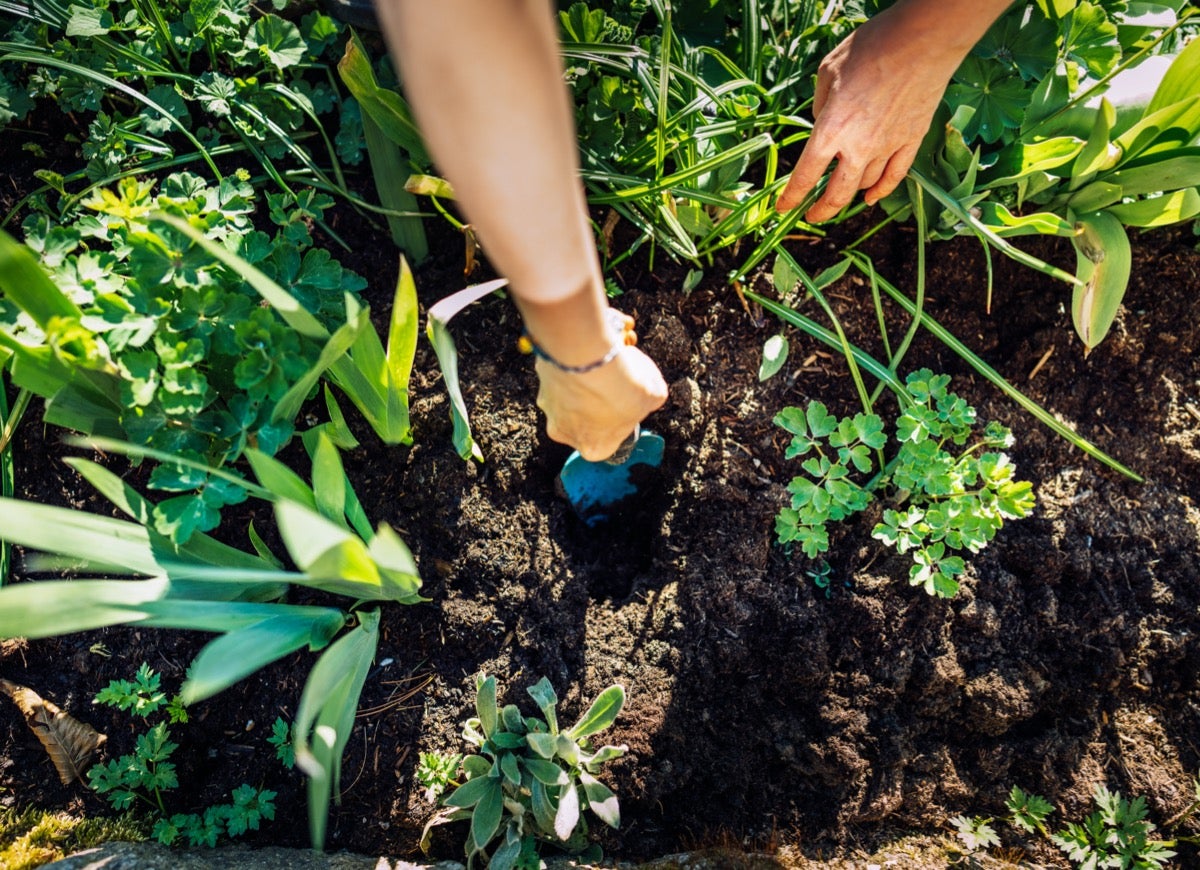
Without proper planning, an edible garden will look messy. Different edibles vary in size, texture, shape, and even color. Keep these variations in mind as you design your garden. Group together like plants, ensuring that low-growing ones are situated at the front of the flower bed and high-growing ones in the back.
Know What You Like
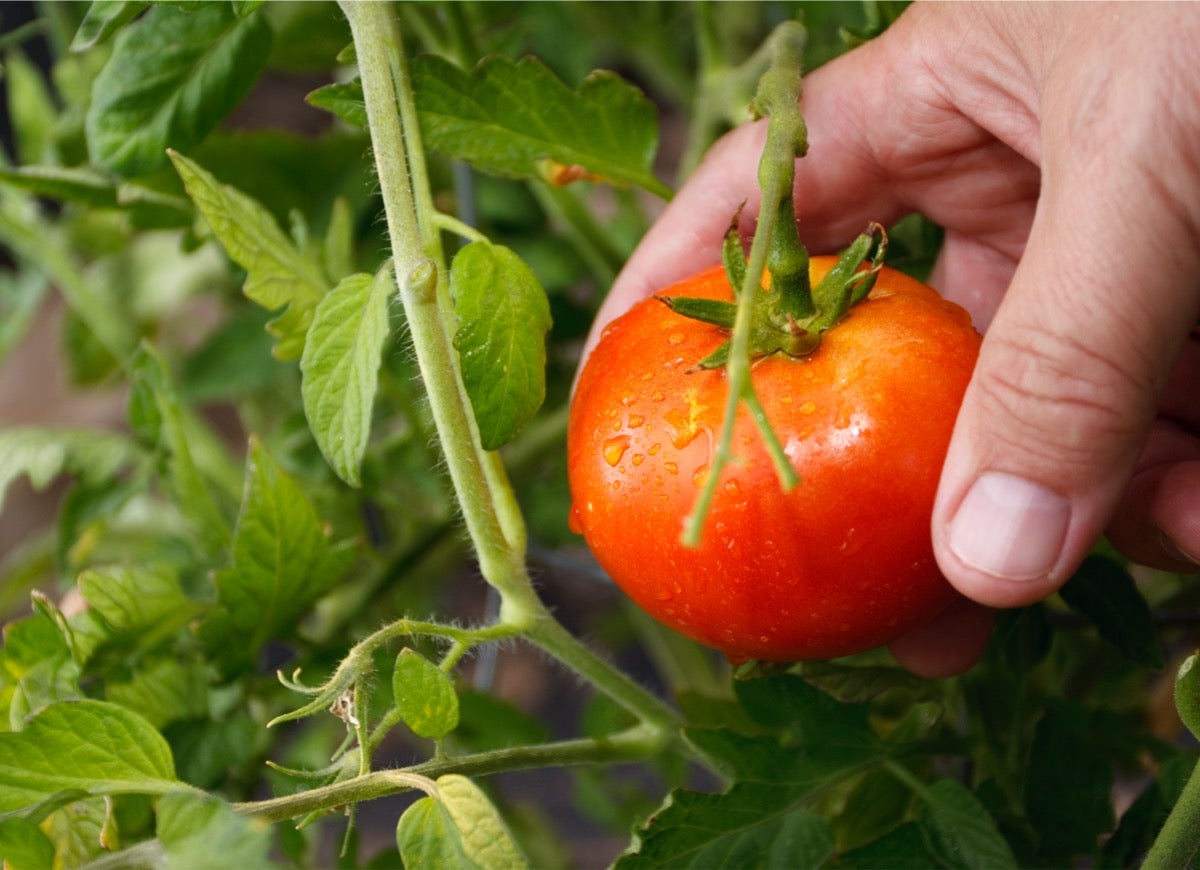
Incorporating edible plants into your landscaping should be about taste as well as looks! If you’re not a fan of zucchini, why plant it? Figure out which foods you desire most, and consider how those plants can be used. Blueberries, for example, offer beautiful spring flowers, vibrant color, and delicious flavor, and they also make for great hedge plants.
Be Mindful of Sunlight
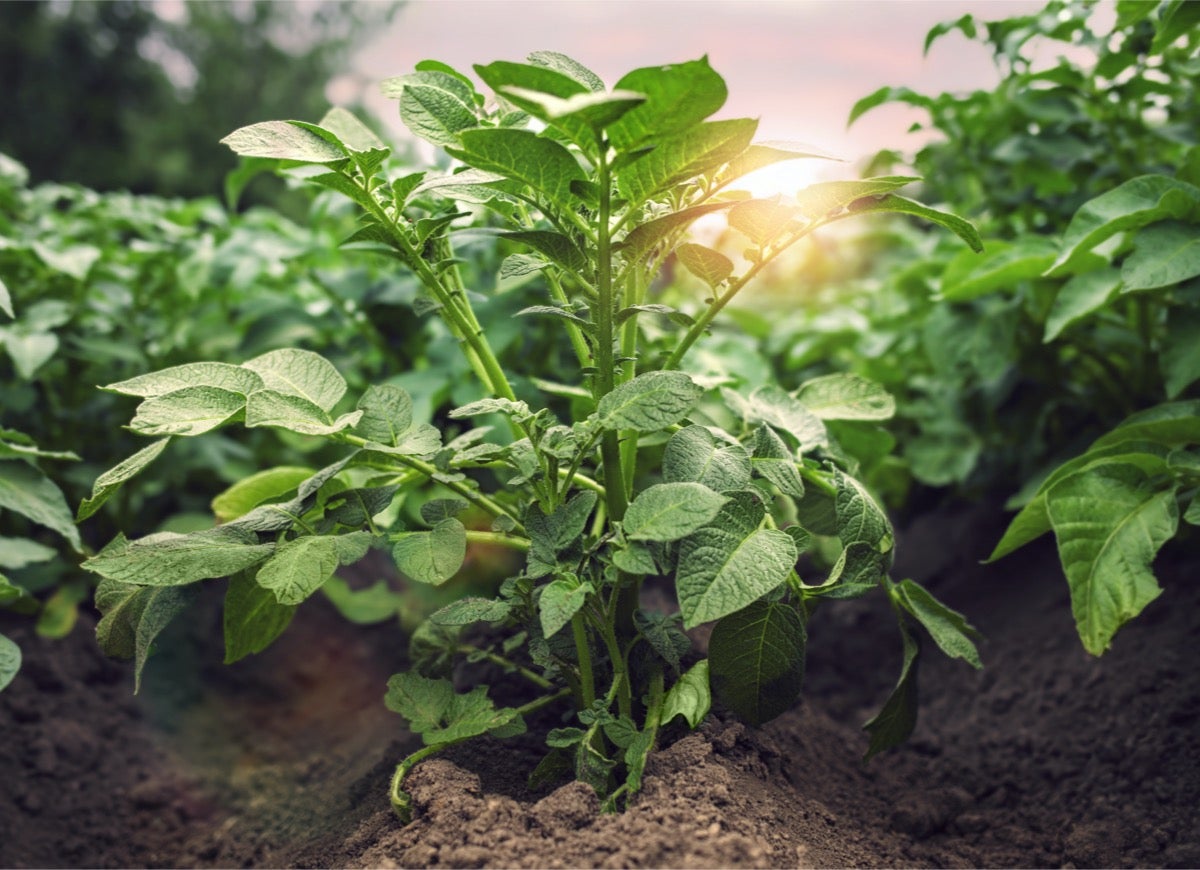
Be sure to plant edibles in locations that receive enough light. Most edibles do best with 6 to 8 hours of full sunlight. Cool-season plants like lettuce and cabbage can tolerate a little more shade.
Create an Edible Trellis
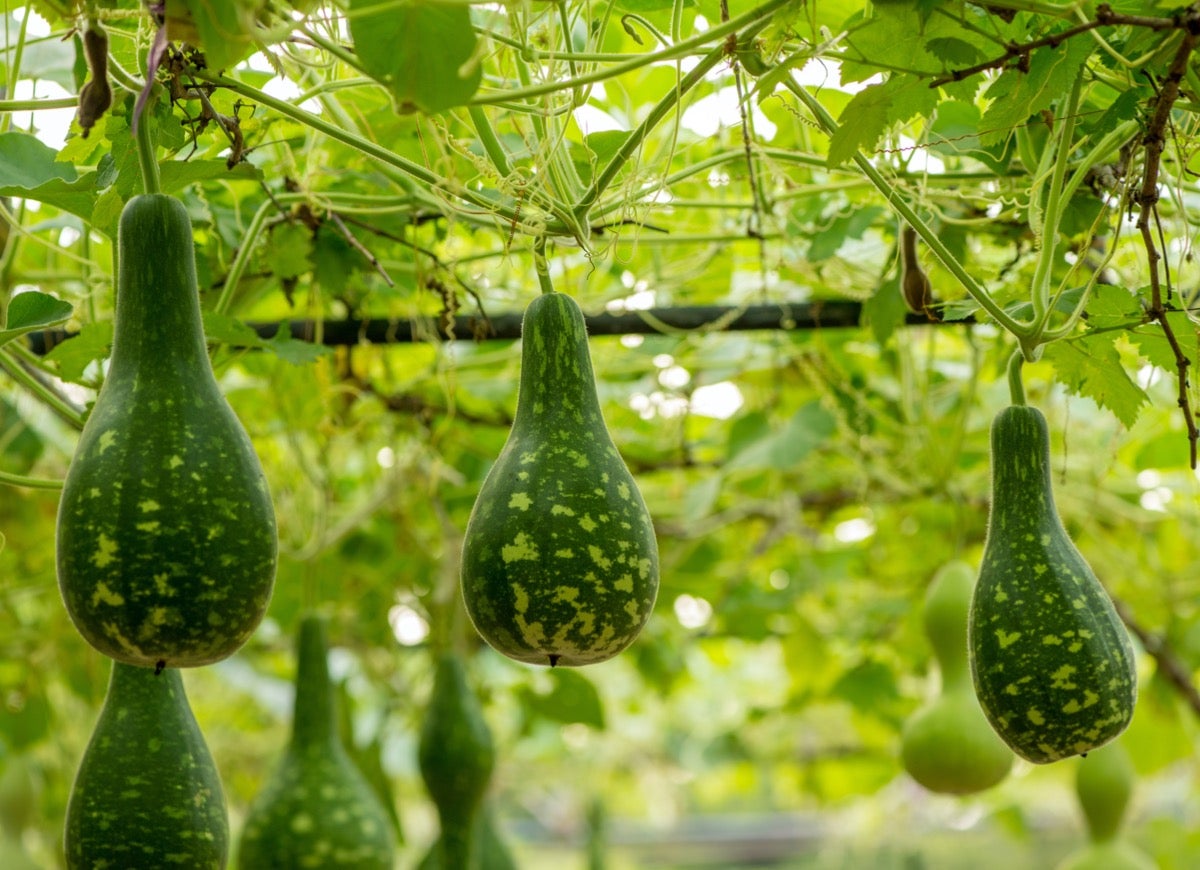
A number of edibles are known for their bounty as well as their aesthetics. Vining edibles such as beans, peas, squash, tomatoes, cucumbers, and melons can be trained to grow vertically (and beautifully) along a trellis.
Welcome Wildlife Allies
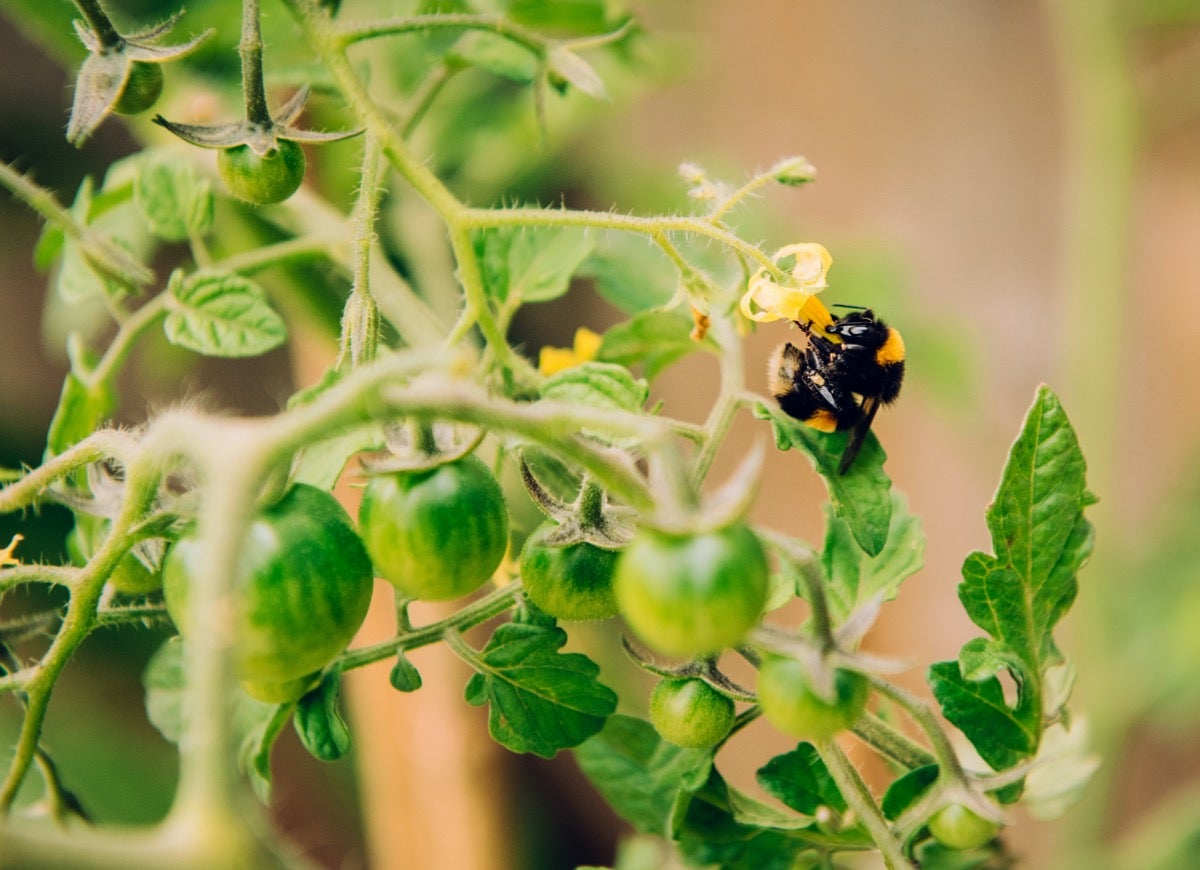
Bees, hummingbirds, and butterflies are just some of the pollinators that improve the success of a vegetable garden. They help plants set fruit, ensuring a bountiful harvest. Welcome wildlife allies by planting attractive flowers like lavender and providing sources of shelter and water for these busy workers.
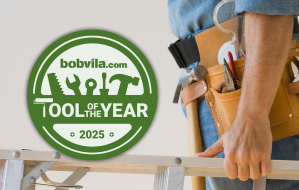
Meet the 2025 Tools of the Year
After months of scouring the market and putting products through their paces, we’ve named the best of the best in new tools. There’s something for everyone, from veteran pros to average Joes.